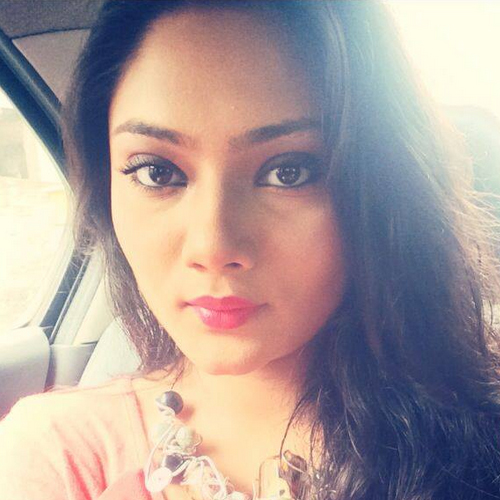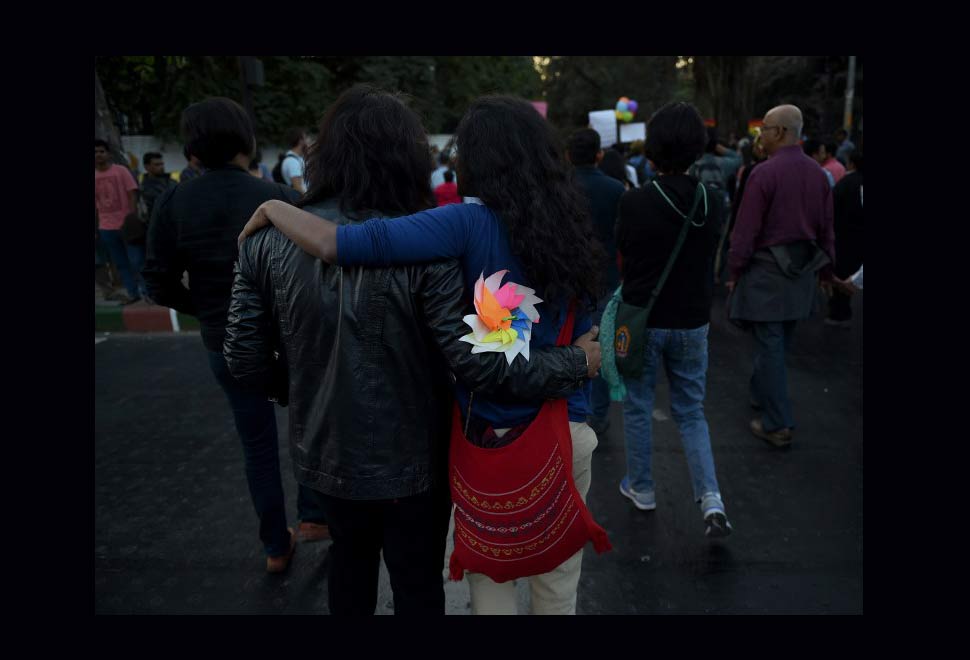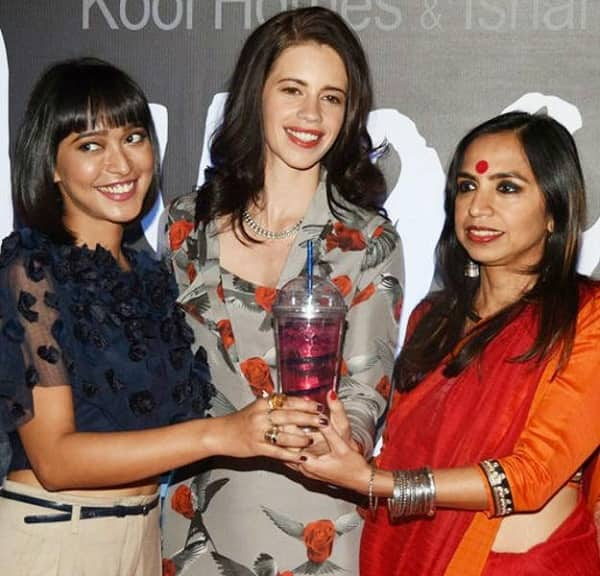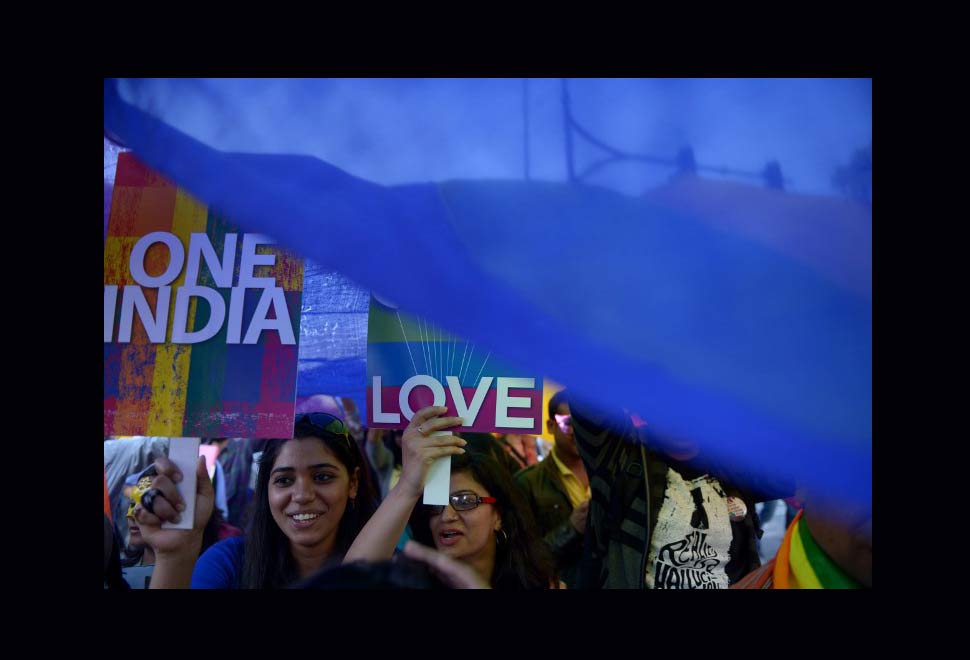
As a young bisexual woman working for health and human rights of LGBT, I deal with a lot of crisis situations. In my experience, media especially Bollywood has not done enough to represent sexual minorities in an ethically correct manner.
Two suicide stories this year remind me of the importance of visibility for queer identified persons. The first instance involved the joint suicide of six sisters in Oro village in Jamboni in West Bengal. Five died and one survived after consuming poison. A very intriguing incident, it unfurled a number of questions.
Media reports present a number of interpretations to the incident. While some news items focus on homosexual attachments between the girls and how the girls were seen as ‘different’, others pitch it as a culmination of romantic affairs with boys, their parents did not approve. When interviewed by a fact finding committee from Sappho for Equality (An LBT support group), the villagers dismissed all interpretations.
So if the homosexual angle is indeed true, it presented itself as a matter of shame and denial from the society. And if untrue it is the media which misused the issue to make it sensationalistic. What needs to be asked in this story is that who is the villain?

The second news story was about Bengali television actress Disha Ganguly. As suggested in media reports in the print and electronic media ,Disha Ganguly and her partner Suchandra met while acting together in a serial. As they grew closer to each other, they got into a relationship and started living together as a couple.
Disha's family could not come to terms that their daughter was in love with another woman. According to sources, Disha's family members came to Disha and Suchandra's flat, insulted Suchandra, and threw her out. Pressure from parents and a strained relationship finally forced Disha to give up and commit suicide. Suchandra then tried to kill herself but was rescued and taken to the hospital, from where her family took her away.
It is deeply saddening that these two seemingly empowered women could not find an alternate solution or support to handle this violent situation. Often articles do not mention any quote from any of their family members or the LGBT activists. It bothers me. This makes the living, the LBT (Lesbian, Bisexual women and Trans persons) community invisible.
Hundreds of articles appear if you google lesbian suicides in India, and not one mentions a helpline number. If this is the only kind of coverage worthy of media attention, what hope is left to isolated lesbian couples? Invisibility brews misconceptions. Media which can impact so many, however, believes in silencing or mocking our lives.

Recently the Central Board for Film Certification muted the use of the word lesbian in the Bollywood film Dum Laga ke Haisha. This was done along with other cuss words such as ghanta, haramipanna, haram ke pille and harramkhor. So our sexual orientation is now being equated with profanity. This move by CBFC can be debated because the edited scene explained being lesbian as Bade shehron ki bimaari. Wow! This coming from a production house like YRF renders me speechless.
This misconception is worse considering maximum lesbian suicides have been reported from rural villages of India. It makes me question the responsibility of the writer or the production house while approving such dialogues/characters or storylines. Such lines can be used by parents when their gay children come out to them. It can affect lives of already marginalised people. YRF films are watched by mainstream audiences which include our families and relatives, therefore, some positive representation of this marginalised section by the YRF can be of much help as Bollywood has already done enough damage to the LGBT.

Another film in the news for problems with CBFC was Margarita with a Straw. After watching the film, the Examining Committee (EC) asked the makers to tone down a 12 second long kissing scene between Kalki and Sayani Gupta. The CBFC had problems with it and wanted to reduce it to just a few seconds. So what is it about a same sex kiss that makes people so uncomfortable? Clearly it is not the kissing that makes them uncomfortable otherwise most of the Bollywood films would not find a release. Hence I ask- Why this hypocrisy? I recently went to a movie theatre with my girlfriend and the trailer appeared with glimpses of the controversial kiss.That instant I felt acknowledged. Such a moment should have happened long ago. For hundreds of thousands who are in the closet it is a ray of hope in difficult times.
In the meantime a surprising silent “heroine” has been Doordarshan who to my knowledge screened two films on LBT women in India on their TV channel post the Supreme Court judgement on Section 377 -And you thought you knew me and Purple Skies. Both the films offer a compelling inside view of Indian LBT women's lives. These were empowering films because they presented real lives with honesty. However, these are very small victories in a tough and long battle ahead for visibility. The reality is that there are not even five registered organisations across India which provides support for LBT women. With the heavy repression of women’s sexuality, I am gearing for a tough fight.

In the meanwhile, The Humsafar Trust has come out with “Sanchaar- A Recommended Language Manual for Improved Reporting on Sexual Minorities in India”. It can be downloaded at www.humsafartrust.org. Umang, the LBT support group of the trust can be reached at its helpline number 9930932784.
Also Read: LGBT community brings out media guide for improved reporting